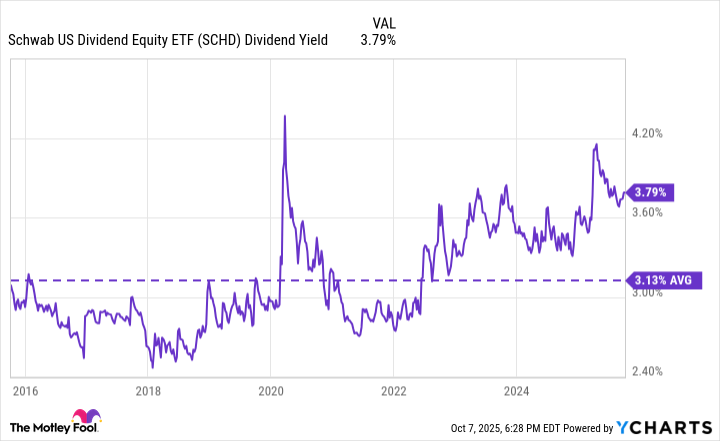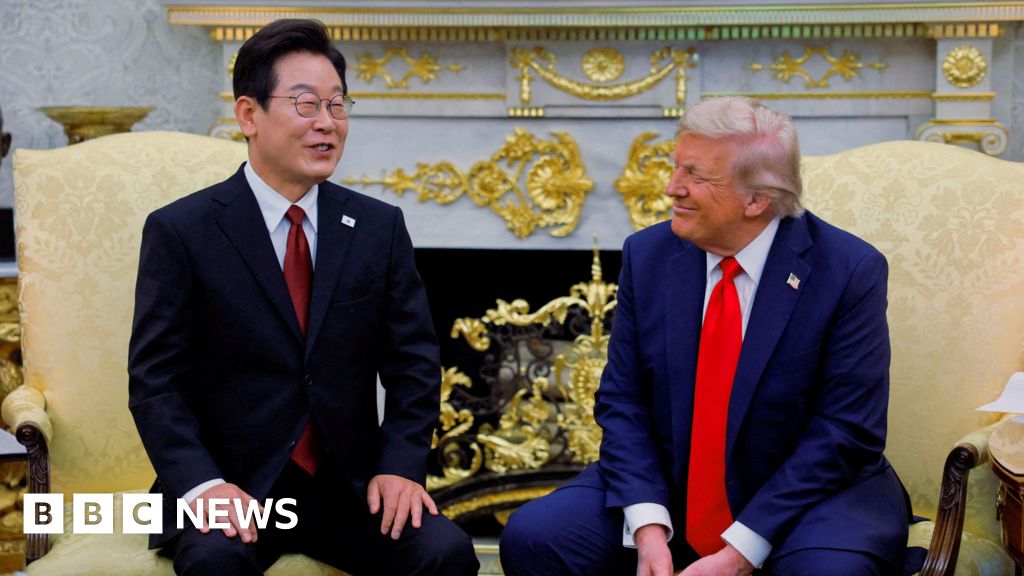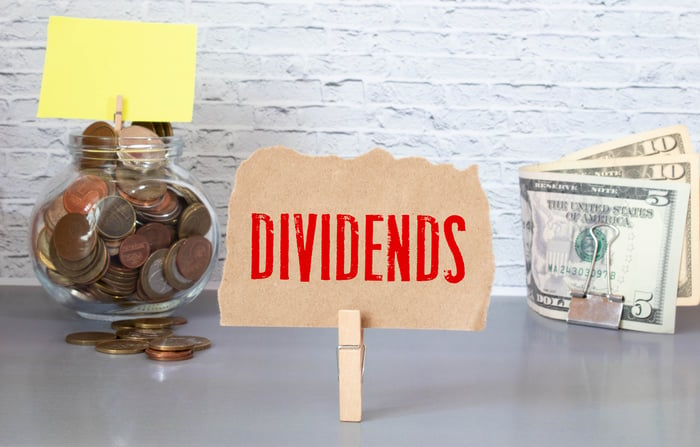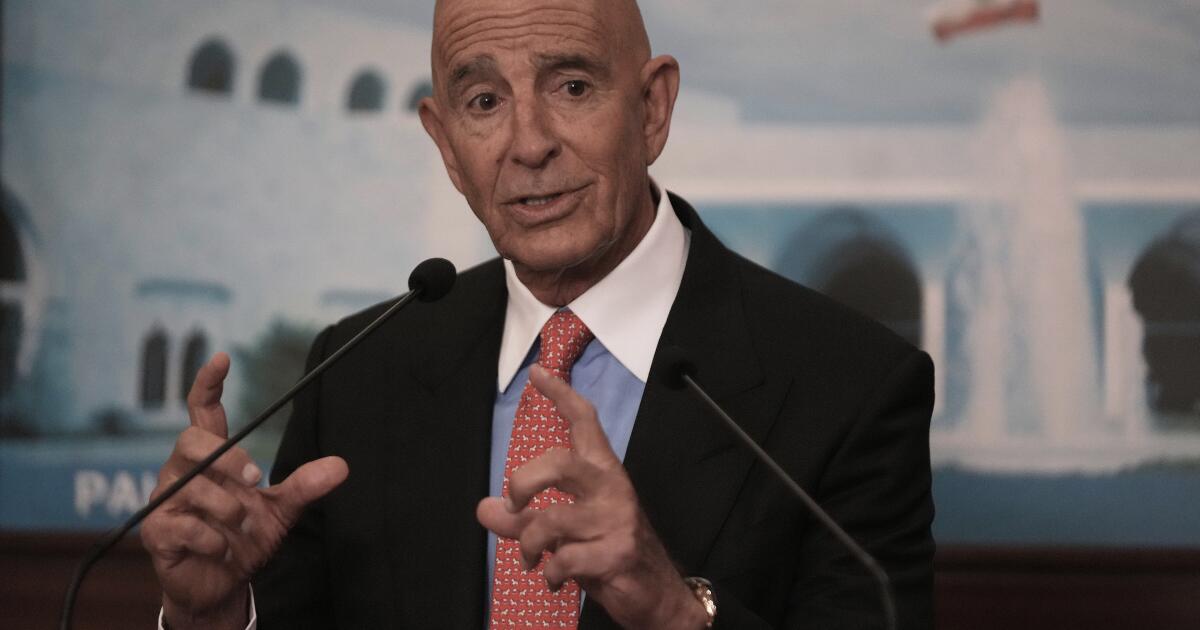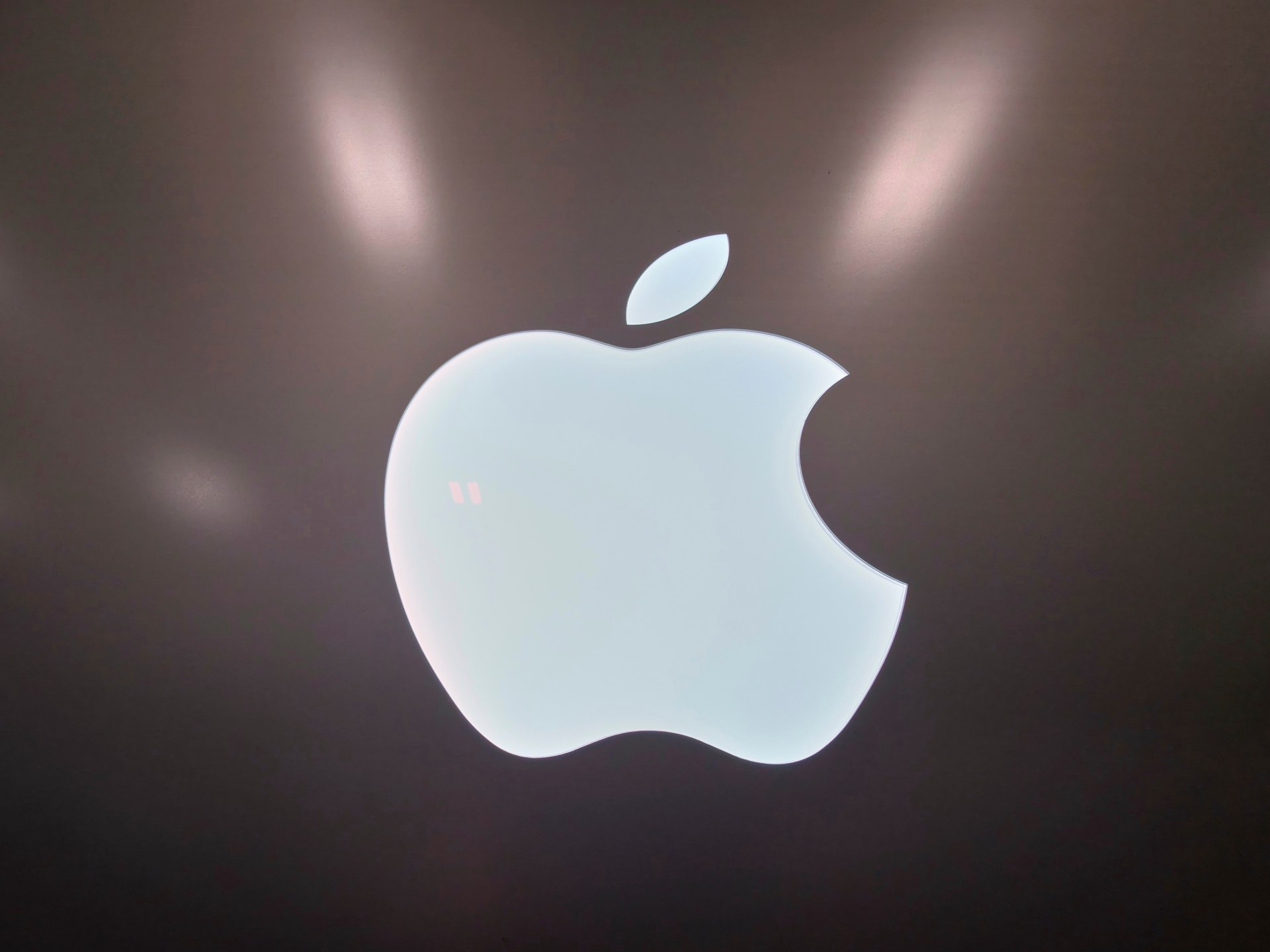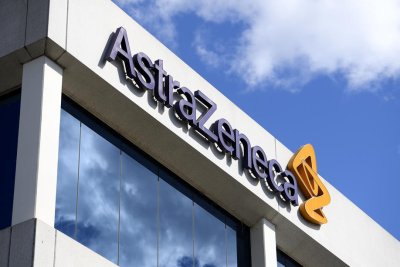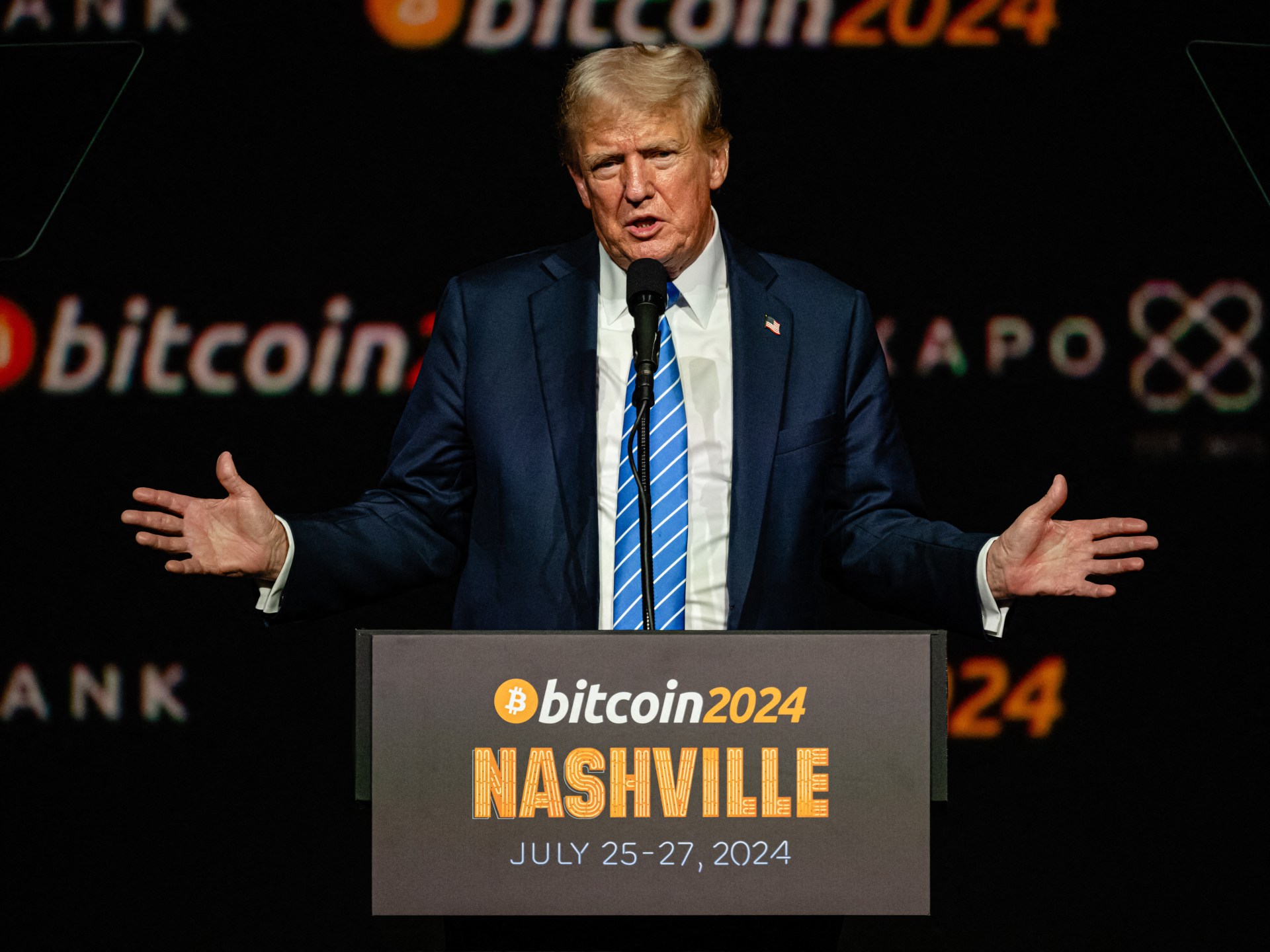2 Growth Stocks to Invest $1,000 in Right Now
Broadcom and UiPath have big growth potential.
If you’re looking to put money to work in the market — say $1,000 — investing in some up-and-coming growth stocks could be a good route to take. Let’s look at two artificial intelligence (AI) stocks that could still be in the early days of a big ramp-up in growth.
Broadcom
Broadcom (AVGO -1.86%) has become the key architect for helping companies design custom AI chips, making it one of the most important players in the next phase of the AI infrastructure build-out. As companies look to increasingly loosen Nvidia‘s grip on the AI chip market, they are turning to Broadcom for help.
The company has already proved itself in its relationship with Alphabet, helping the cloud computing leader develop its highly successful tensor processing units (TPUs).
Broadcom expects just three of its established customers, which also include Meta Platforms and ByteDance, to represent a $60 billion to $90 billion opportunity by fiscal 2027. The midpoint of that estimate is more than the size of Broadcom’s entire current annual revenue base, which just shows you how big its custom-chip opportunity is.
The company recently announced a formal partnership with OpenAI to help develop and deploy 10 gigawatts of custom AI accelerators using Broadcom’s networking and Ethernet technology. The implications are enormous. A single gigawatt of data center capacity translates into tens of billions of dollars in hardware spending, meaning this partnership alone could represent a $100 billion annual opportunity in the coming years.
Broadcom has yet another new customer for its custom AI chips that ordered $10 billion worth of the semiconductors for next year.
Now, with several of the world’s largest hyperscalers (companies that own huge data centers) as custom AI chip clients, Broadcom looks poised to see explosive growth in the coming years. This can be a good time to add shares before the company’s results start to really ramp up.

Image source: Getty Images
UiPath
Another company that has the potential to accelerate its growth in the coming years is UiPath (PATH -3.77%). The company built its name around robotic process automation (RPA), which uses software bots to handle repetitive business tasks, but it’s now moving into what it calls agentic automation.
The company has been busy forming partnerships that strengthen this strategy. It’s now working with Nvidia to integrate its Nemotron models and NIM microservices, which can accelerate AI deployment in industries where data security is paramount. It has also teamed up with Alphabet to use its Gemini models for voice-activated automation.
However, its most interesting collaboration is with Snowflake, a data warehousing and analytics company that stores customers’ structured data. There has been a belief that AI would disrupt its business, given how well AI works with unstructured data, but companies like Palantir have actually shown that AI models work best when they have clean, organized data.
By connecting with Snowflake’s Cortex AI system, UiPath AI orchestration tools can give customers insights using their own data in real time. That is a powerful resource that could help make AI more actionable in the real world.
UiPath’s growth temporarily slowed as the AI frenzy took off and customers reevaluated their spending priorities, but the underlying business is improving again. Its annual recurring revenue (ARR) climbed 11% to $1.72 billion last quarter, and cloud-based ARR surged 25%, showing that customers are embracing the company’s newer offerings. Net revenue retention stabilized at 108%, and operating margins have expanded significantly after the company implemented cost cuts.
UiPath’s open approach, acting as the “Switzerland” of AI agents, should appeal to enterprises that don’t want to be tied to one AI ecosystem, and it represents a huge growth opportunity.
More than 450 customers are already building AI agents on its platform, and almost all new customers are adopting both its RPA and AI products together. That’s a strong sign the company’s AI expansion isn’t cannibalizing its core business but enhancing it.
Despite this progress, the market hasn’t caught on yet: The stock trades at a price-to-sales (P/S) multiple of only 5 times 2026 analyst estimates. If growth continues to reaccelerate, the stock’s upside could be substantial.
Geoffrey Seiler has positions in Alphabet and UiPath. The Motley Fool has positions in and recommends Alphabet, Apple, Meta Platforms, Nvidia, Palantir Technologies, Snowflake, and UiPath. The Motley Fool recommends Broadcom. The Motley Fool has a disclosure policy.





